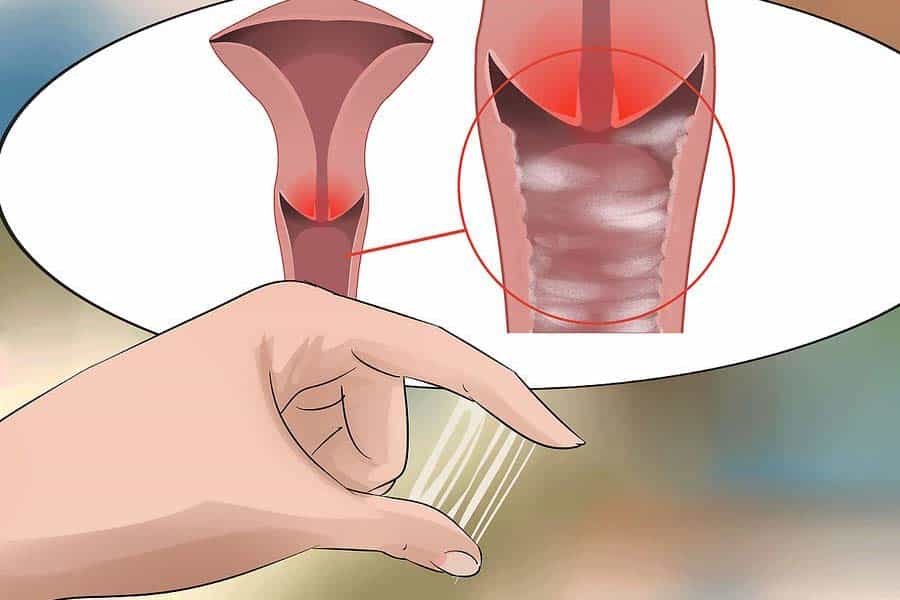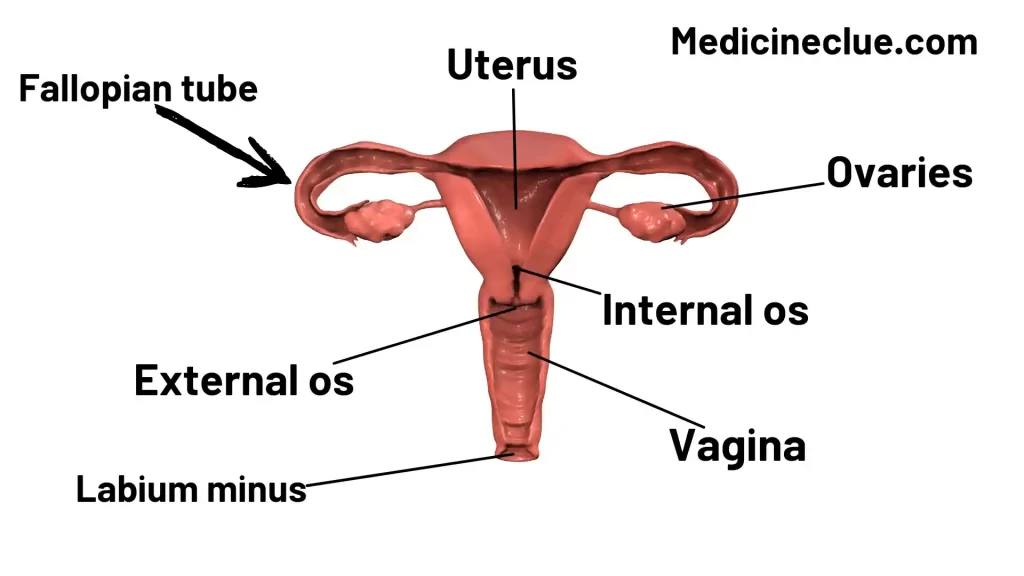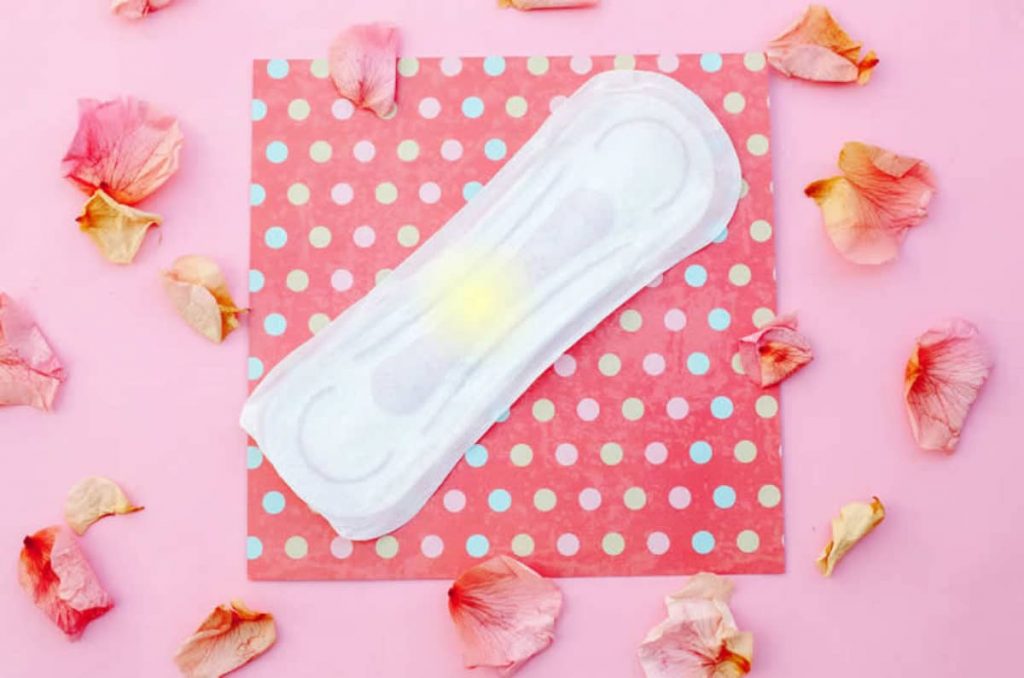Watery Discharge Feels Like I Peed Myself
Vaginal discharge is primarily composed of cervical mucus, bacteria, and dead cells shed from the vaginal walls, which is a natural and healthy part of the reproductive system’s function.
Vaginal discharge can be caused by hormonal imbalances or some medical conditions such as polycystic ovary syndrome (PCOS), but this is not very common.
Some women may experience clear and stretchy vaginal discharge that resembles egg whites during ovulation, which is a sign that the body is preparing for fertilization.
It is normal for a woman to have a small amount, about a teaspoon, of vaginal discharge every day, as it helps to maintain vaginal health and prevent infections.
Vaginal discharge can be an indicator that the ovaries have released an egg, as a clear and stretchy discharge resembling egg whites is often observed during ovulation.
Contrary to popular belief, the discharge seen in women is not of vaginal origin.
The discharge your body produces is normal.
Because the vagina does not have a gland layer.
These fluids are formed by the combination of secretions from the vaginal entrance and the glands in the cervix.
Healthy discharge usually has no odor.
After a workout, it’s common to have an increase in discharge.
It is colorless, odorless and transparent.
The amount is enough not to cause discomfort, not to fill the pad.
For a healthy sexual intercourse, the necessary lubrication of the vagina must be provided.
This is achieved by the fluids secreted from the secretory glands located at the entrance of the vagina.
What Will We Learn?
What Are The Causes Of Excessive Watery Vaginal Discharge?
Vaginal atrophy, a common condition that occurs during menopause or as a side effect of certain medications, can cause changes in vaginal discharge such as decreased lubrication and thinning of the vaginal walls.
Watery discharge may occur before and during sexual intercourse.
At the same time, the discharge that occurs during sexual desire is also normal.
The following listed conditions can also cause excessive watery discharge:
- Pregnancy
- Hormonal contraceptives
- Sexually transmitted diseases
- Change in microbial flora
- Foreign objects (example: sex toys)
- Ovulation and phase of the menstrual
- Yeast infection
Read our article to the end because we will leave a video at the end of the article.
By watching the video, you can find out whether your discharge is normal or not.
If you have cramping problems during your menstrual periods, this article will help you.
Watery Discharge Feels Like I Peed Myself

There is a lactobacilli-dominated flora in the vagina.
These lactobacilli maintain the acidic pH environment of the vagina.
It prevents the reproduction of harmful microorganisms in the vagina in an acidic environment.
When the level of lactobacilli decreases, then the sources of these unpleasant discharges emerge.
For example, antibiotics used to kill bacteria in the vagina reduce the number of healthy lactobacilli in individuals.
This is one of the causes of vaginal discharge in women.
One of the causes of discharge is bacterial vaginosis.
Women who menstruate every 28 days are assumed to ovulate on the 14th day of menstruation.
The discharge seen in women before this ovulation process is also a physiological discharge.
It is noticeable because it has a slightly more dense consistency compared to the flow on other days.
The fluids released from the cervical canal play a role in the easy access of sperm to the uterus before pregnancy.
This creates the thick viscous flow we are talking about.
This method was used in ancient times to determine when women could become pregnant.
The couples followed this thick flow and tried to conceive by having intercourse from the moment they realized it.
This discharge starts to smell when it turns yellow, green, brown.
It foams, mixes with blood, and produces a thick, cheesy white discharge.
That’s when it’s considered pathological.
If your discharge is too much, it may indicate a ruptured membrane, known as water breaking.
For this reason, it would be good for you to see a doctor.
Type Of Discharges
Yellow-Green Discharge Causes and Treatment
The source of such abnormal discharges is usually Trichomonas vaginalis, a pathogen.
Although it can be transmitted sexually in general, it can rarely be transmitted by other means.
It is usually foul-smelling and an increase in odor is observed after sexual intercourse.
It is a yellow-green foamy discharge.
It should be treated medically.
Oral therapy and vaginal suppositories are used.
It is recommended that not only the woman but also her partner be treated.
If the partner is not treated, you can become infected again as a result of sexual intercourse.
A rapid response is obtained in treatment.
Causes and Treatment of Gray-White Discharge

It is a polymicrobial condition.
In fact, it is not an infection condition.
It occurs when the balance of microorganisms in the vaginal flora changes, when the microorganisms we mentioned gain superiority over lactobacilli.
The very sharp smell of spoiled fish is the most important symptom of this condition.
This irritating odor increases especially after sexual intercourse and during the menstrual cycle.
It is a condition that you should consult your doctor and seek treatment.
Vaginal suppository therapy is widely used.
White (Cheese, Milk Cut Style) Discharge Causes And Treatment
If you have a feta-like discharge, you are dealing with a very large fungal infection.
The vagina is a wet, moist and warm environment.
This is exactly the ideal environment in which fungi try to reproduce.
The discharge is usually odorless unless mixed with other infections.
It is treated with oral or vaginal fungicides.
The treatment takes longer than other infections and the risk of recurrence is higher.
Brown Vaginal Discharge
Brown discharge can be one of the first signs of pregnancy.
Brown discharge during pregnancy should not be cause for concern.
Still, pregnant women who see dark brown discharge should contact their doctor.
If you are not pregnant and experience brown discharge, inform your doctor.
Pink Vaginal discharge
Pink discharge can be seen in the early stages and last weeks of pregnancy.
If we consider them separately, pink discharge at the beginning of pregnancy can be a sign of miscarriage or an ectopic pregnancy.
Pink discharge in the last stages of pregnancy occurs when the cervix is ready for delivery.
Red Vaginal Discharge
When you see bright vaginal discharge during pregnancy, you should contact your doctor immediately.
You should definitely contact your doctor, especially if the bleeding is dark, clotted or if you have cramps and abdominal pain along with it.
These symptoms may be a sign of miscarriage or an ectopic pregnancy.

Ways To Avoid Vaginal Discharge
First of all, you should definitely stay away from the vaginal douche.
Vaginal douching should not be done by using any cosmetic product such as soap, shampoo, lotion, cream.
The normal flora of the vagina should not be interfered with from the outside.
Listed below are some precautions you can take to prevent vaginal discharge:
- Tight underwear should not be worn.
- Underwear should be cotton-weighted, not synthetic.
- Underwear should be ironed and used.
- Underwear should be changed 1-2 times a day.
- Daily Use unscented tampons or pads. Perfume in scented products can increase the risk of infection by disrupting the natural bacterial balance in the vagina.
- During this period, you should avoid sexual intercourse as much as possible.
- Barrier method (condom) should be used if sexual intercourse is to be undertaken.
- During these periods, the sea and the pool should not be entered.
- When there is green, yellow, brown, white, smelly, foamy discharge, a gynecologist should be checked.
- Always wipe from front to back after using the toilet to prevent bacteria from entering the vagina and causing an infection.
- Birth control pills can also cause vaginal discharge. If you are using birth control pills, discuss this with your gynecologist.
- If you have a burning sensation in your vagina or if your vagina smells like cottage cheese, consult your doctor immediately.
As a result, vaginal discharge is normal in most cases.
When the amount of discharge starts to bother you, you should see an obstetrician immediately.
You can read this article to learn how to clean your genital area after watery discharge.
A Little Note
Vaginal discharge may also occur normally with sexual arousal. This is not a health problem.
Not every woman is the same.
While some women may experience a lot of pain during their menstrual period, some women experience this pain very mildly. Vaginal discharge is also like this.
Some women experience little discharge, while others experience a lot of vaginal discharge.
In most cases this is considered normal.
If the vaginal discharge is excessive, smelly and bothers you, it would be a good idea to see a gynecologist without waiting.
Changing panty liners and pads throughout the day can help you stay more comfortable and dry by protecting you from excessive moisture.
It is common for increased vaginal discharge to occur during the later stages of pregnancy due to hormonal changes and the body’s preparation for childbirth.
If you are worried about keeping the vagina clean, you can talk to your gynecologist.
